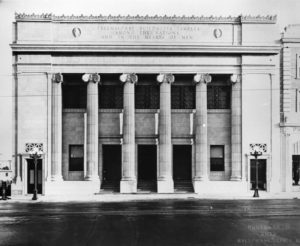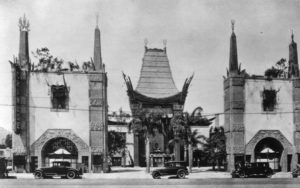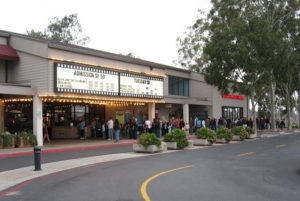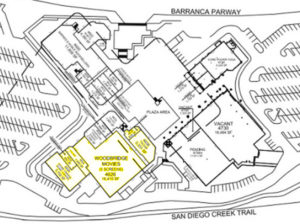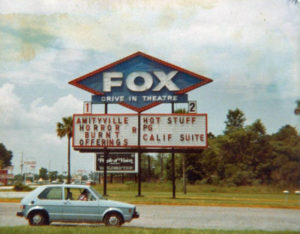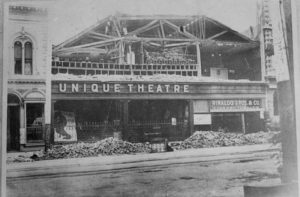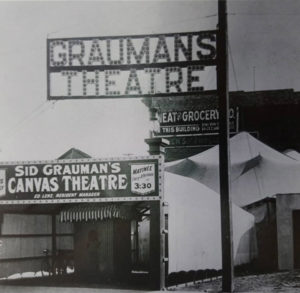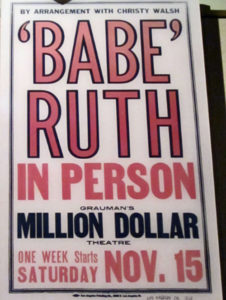Amid the trivia and legends surrounding Grauman’s Chinese one often comes across mentions of a secret underground tunnel which once linked the theatre to either the Hollywood Masonic Temple or Hollywood Roosevelt Hotel (the tunnel mate tends to vary by the age of the story’s source). Secretly constructed by Hollywood powerbroker Charles E. Toberman, operated under lock and key by showman Sid Grauman, and traveled by only the most elite of the day, the Chinese Theatre’s fabled tunnel has stood as a mysterious bit of history for nearly one-hundred years. But, did it ever exist?
In case you are unfamiliar with the legend, Grauman’s tunnel was alleged to have been built in 1927, devoid of permits and absent from all official plans. The brainchild of Charles E. Toberman and Sid Grauman, this subterranean passage was intended to be utilized by celebrities and VIP’s, as a means of entering/exiting the Chinese Theatre undetected; most often cited as the reason why famous individuals were seen arriving on the red carpet for events, but never seen departing. More salacious stories add secret rendezvous between stars, illegal gambling, and wild parties to the tunnel’s mythology. By the time of Sid Grauman’s death, in 1950, the tunnel access points had either been covered over or existed as locked basement doors, without a key (depending on who was telling the story). Finalizing the eternal mystery, all evidence of the tunnel’s existence was destroyed when the Los Angeles Metro Red Line was extended through the area in the late 1990’s.
So, did the secret passage exist? While Grauman’s tunnel sounds plausible on the surface, it simply doesn’t stand up under further examination. To begin with, the stories all suffer from the tell-tale red flag of being sourced from murky second or third hand accounts. Not a single celebrity, theatre worker, media figure, construction crew member, or directly involved party from the era ever documented, let alone mentioned, any tunnel; leaving us with accounts, decades removed, from “a person who once knew a, now deceased, guy who had seen the door” or “an individual who had met someone who heard stories from the old-timers.” Adding to the case against, there stands no physical evidence to back any of the tales; no photographs, no locked doors, not even a mismatched patch or suggestive outline of where an access point may have once been. Each of the three venues has undergone numerous facility surveys and remodels over the years, but no evidence of an entrance was ever uncovered. In the case of the Masonic Temple, a concerted search was undertaken, during the building’s 2001 El Capitan Entertainment Centre conversion, and nothing was found. Additionally, the multitude of utility and public works projects, which have taken place on Hollywood Blvd., never stumbled across an underground tunnel or void. Even the Metro excuse falls flat, as the tunnel not only had to go undetected for some seventy years, but the Red Line runs seventy feet below street level; surely too deep to have completely destroyed a basement passageway. If anything, the further you explore Grauman’s tunnel, the more you find to disprove its’ existence.
In the end, we have an urban myth which was likely rooted in the perceived mystique of showbiz people. Stars accessing a secret underground tunnel is far more exciting than the likely reality of them exiting out a back door to a waiting car. The fanciful image of showbiz people, especially those from a long-passed era, operating in a world of mystery and secrets, makes for a much better story.
Tags: Comments Off on Grauman’s Tunnel

